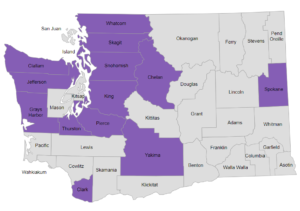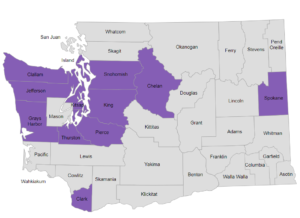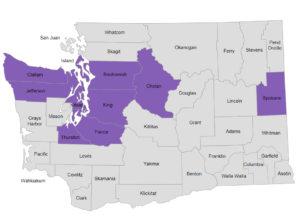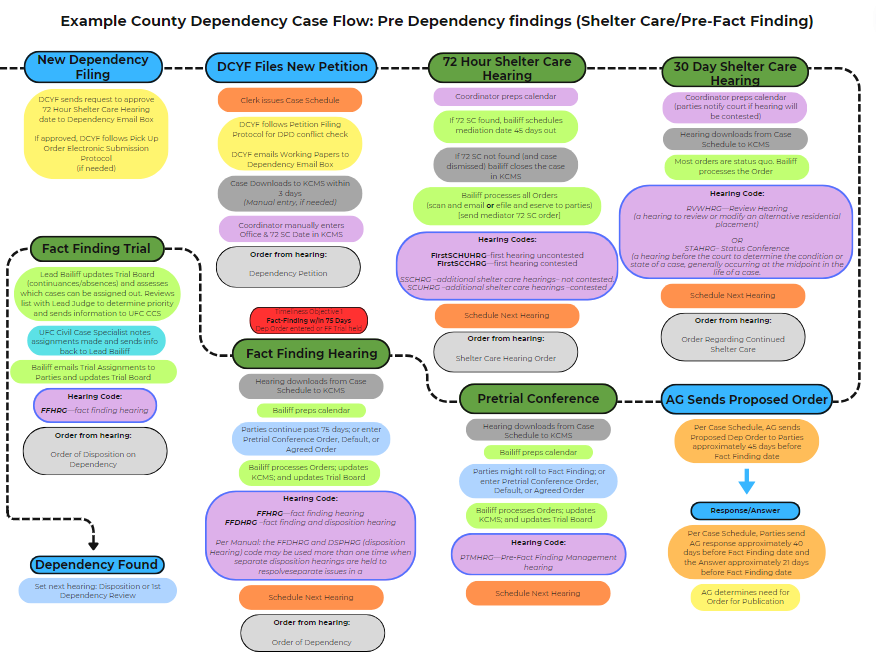
We are so glad to have you join us! First order of business: contact the FTC administrative assistant at AOC and request to be added to our state mail list for all FTC professionals and to the list for your particular job or role on the team. They will also be able to let you know if there are any Community of Practice meetings or other regular training opportunities coming up.
Best Practices
We are a bit biased, as our grant is best-practices focused, but it is an excellent place to get started!
You can download a copy of the NADCP Family Treatment Court Best Practices Here.
Best Practice One: Structure and Organization
BP 1: Structure and Organization gives the best overview of how a treatment court should be run. If you are a judicial officer or court employee (FTC coordinator), all of the information in BP 1 is relevant to your work. Other court professionals may be tempted to skip ahead, but it is worth taking the time to understand how the court is designed to be run, so you can be a better part of a collaborative team. Your FTC team at AOC has put together this training module for Best Practice One, that should take about an hour to complete. Full online tutorials for all 8 Best Practices are in development and will be available on our FTC Online Training Modules Site .
The primary advice the Best Practice Documents give are these two points from Best Practice One, Section G: Cross-Training and Interdisciplinary Education
A new team member should try to gain knowledge in these areas during orientation:
- the FTC’s mission, vision, and goals
- the differences between a family treatment (also called reunification or therapeutic) court and other dependency court
- a review of relevant local and state policies
- team member commitment and collaboration (preferably using a written memorandum of understanding (MOU))
- court operations
- Substance Use Disorder (SUD) treatment approaches
- the safety planning framework
- trauma informed court practices
- equity and inclusion in dependency
Generally, these topics should be covered by:
- Reading the policy and procedures manual
- Observing a full court staffing and hearing
- Meeting Individually with each member of the team and discussing roles and responsibilities
- Sharing up to date resources from OJJDP , CFF, and AOC
Resources from Children and Family Futures
Children and Family Futures (CFF) is the contracted technical assistance provider for family treatment courts in Washington (along with the FTC Grant folks at the Administrative Offices of the Courts (AOC)). They have an amazing amount of resources available, but so you are not overwhelmed, here are the ones that we recommend most:
- Add yourself you their mailing list for emails about future opportunities
- On CFF’s main FTC page the three featured documents are all particularly relevant to new court personnel. One of these is the same Best Practice Document discussed above. There is also a guide for planning new FTCs (with practices many courts haven’t started using yet!) and a strategic plan from the national level. We would recommend making your way though these documents slowly, as they are quite dense, but in the long term they are your best guide to planning, problem solving, and understanding the history and research behind the family treatment court model.
- The Family Treatment Court Practice Academy features animated videos and recorded discussions about topics relevant to FTCs. These are ongoing, and you’ll receive notice of new conversations via the newsletter.
Resources from SAMHSA
The Substance Abuse and Mental Health Services Administration (SAMHSA) is another place to go for current information about substance use disorder (SUD) policy, research, and training. Their website has a variety of training and specific focus areas that you may find relevant and interesting to your work. In particular, their information on plans of safe care for infants may be helpful in understanding the new law about parenting time (HB-1194) that was put into place in Washington in 2020. Amara, another of our partners in Washington State, also provides some context for that law on their website.
SAMHSA also has an excellent library of evidence based practices that will be useful to coordinators and judicial officers looking for new services to help families.
NADCP
The National Association of Drug Court Professionals (NADCP) is the primary professional organization for therapeutic court professionals. There is a yearly national meeting that many of our courts attend, and they often have grant funding available. Their materials may be focused more heavily on adult drug courts, but the child welfare and dependency side is growing! They are the best connection for networking with other professionals across the country.
Reach out to the FTC Grant Team at AOC
Let us know you are just getting started and we’d be happy to chat, discuss your needs and get you connected with mentors. Email our administrative assistant and they will direct you to the right person! This site will be updated as new resources are made available, check in here and on our home page for new content!
